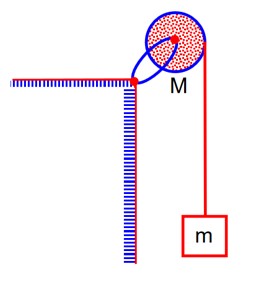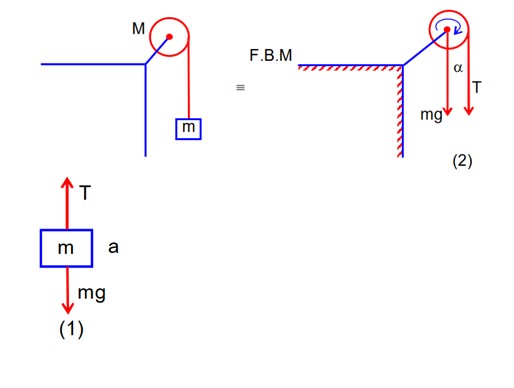Units and Measurement
Get insights from 125 questions on Units and Measurement, answered by students, alumni, and experts. You may also ask and answer any question you like about Units and Measurement
Follow Ask QuestionQuestions
Discussions
Active Users
Followers
New answer posted
3 months agoContributor-Level 10
Let (velocity of Rain w.r.t. ground or w.r.t to standing Girl)
Now, velocity of Rain w.r.t. moving Girl
New answer posted
3 months agoNew answer posted
3 months agoContributor-Level 10
A. Torque (iii) Nm
B. Stress (iv) Nm-2
C. Latent Heat (ii) J kg-1
D. Power (i) Nm S-1
New answer posted
3 months agoContributor-Level 10
Least count of Vernier = 0.1mm
Reading of Vernier Scale = 5 * 0.1 = 0.5mm
The corrected diameter of sphere = Main Scale Reading + Vernier Scale reading + Zero correction = 1.7 + 0.05 + 0.05 = 1.8cm = 180 * 102 cm.
New answer posted
4 months agoContributor-Level 10
NLM2 for (1)
mg – T = ma
Þ 2 * 10 – T = 2a
Þ T + 2a = 20 - (1)
Rotation equestion for (2)
T * R = Icma
Þ T R =
T =
T = 2a - (2)
from (1) & (2)
2T = 20
T = 10N
New answer posted
4 months agoContributor-Level 10
Let, L1 & L2 one distance for system (1) & (2) respectively
T1 & T2 are time for system (1) & (2) respectively
Given : v2 =
And a2 =
from (1)
Taking an Exam? Selecting a College?
Get authentic answers from experts, students and alumni that you won't find anywhere else
Sign Up on ShikshaOn Shiksha, get access to
- 65k Colleges
- 1.2k Exams
- 679k Reviews
- 1800k Answers




